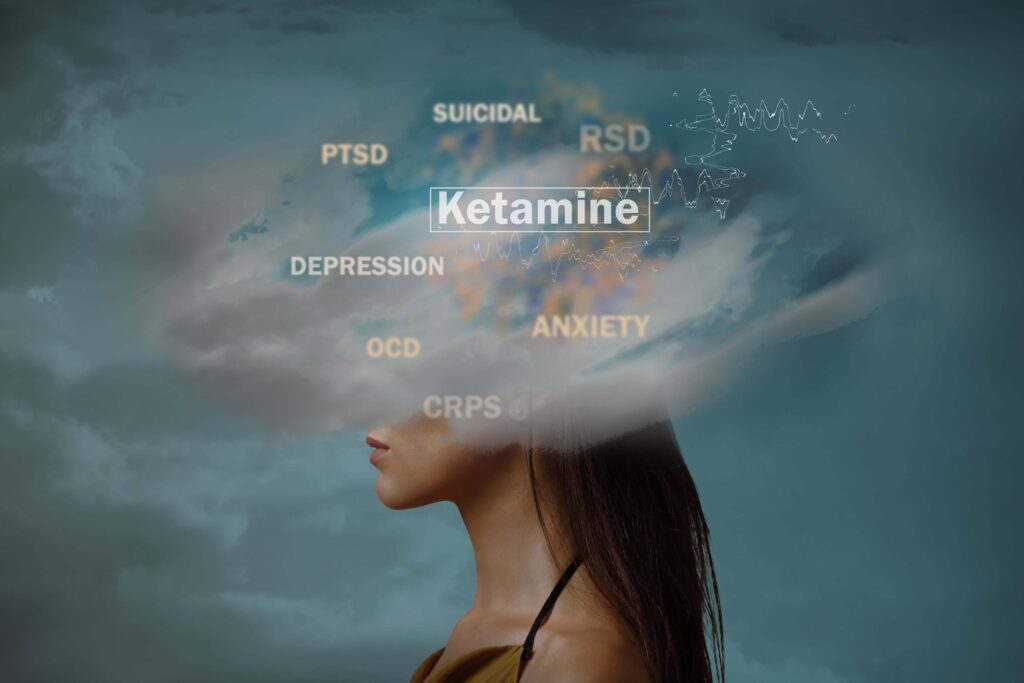
The Science Behind Ketamine Therapy for Depression and Anxiety
In recent years, ketamine has emerged as a breakthrough treatment for depression and anxiety, offering hope for patients who haven’t responded well to traditional therapies. Originally developed as an anesthetic in the 1960s, ketamine is now being recognized for its fast-acting antidepressant properties, providing relief within hours rather than the weeks required by conventional medications like selective serotonin reuptake inhibitors (SSRIs). But what exactly is the science behind ketamine therapy, and how does it work to alleviate mental health conditions?
How Ketamine Works in the Brain
Ketamine operates in a fundamentally different way from most antidepressants. While SSRIs work by increasing serotonin levels in the brain, ketamine targets the glutamate system, a neurotransmitter that plays a crucial role in neural plasticity, cognition, and mood regulation.
More specifically, ketamine blocks a receptor in the brain called the N-methyl-D-aspartate (NMDA) receptor. By inhibiting this receptor, ketamine increases the production of glutamate, which then activates another set of receptors called AMPA receptors. This process leads to the release of molecules that help synapses—connections between neurons—grow and strengthen. This synaptic growth is thought to be crucial for reversing the structural damage that prolonged stress and depression can cause to the brain.
Fast-Acting Relief
One of the most remarkable aspects of ketamine therapy is how quickly it can take effect. For people suffering from treatment-resistant depression or severe anxiety, the speed at which ketamine works can be life-saving, especially in cases of suicidal ideation. Studies have shown that patients may begin to feel relief within just a few hours after treatment, with the effects lasting for up to a week. Traditional antidepressants, on the other hand, can take weeks or even months to start working, leaving patients vulnerable during that waiting period.
Long-Term Benefits and Maintenance
While ketamine therapy is not a cure-all, it can serve as a critical component of a broader treatment plan. Patients typically undergo a series of ketamine infusions over several weeks, with follow-up treatments to maintain the effects. This regimen has been shown to provide sustained relief from symptoms in many patients, though the long-term efficacy is still under investigation. Ongoing research is also examining whether combining ketamine with other therapies, such as cognitive-behavioral therapy (CBT), could further enhance its benefits.
Addressing Concerns and Misconceptions
Despite its promise, ketamine therapy is not without concerns. One of the primary issues is that ketamine is classified as a dissociative anesthetic and has been historically abused as a recreational drug. However, when administered in a controlled, clinical setting, ketamine is both safe and effective. The dosages used in therapy are much lower than those typically associated with abuse, minimizing the risk of addiction or negative side effects.
Clinics across the country, including specialized centers in major cities like Los Angeles, are now offering ketamine therapy as part of a comprehensive approach to mental health treatment, often in conjunction with other services such as medical weight loss programs in Los Angeles.
Conclusion
Ketamine therapy represents a significant step forward in the treatment of depression and anxiety, particularly for those who have not found success with conventional treatments. By targeting the brain’s glutamate system and promoting neural plasticity, ketamine offers fast-acting relief and the potential for long-term improvements in mood and cognitive function. As research continues, it’s likely that ketamine will become an increasingly important tool in the fight against mental health disorders.

